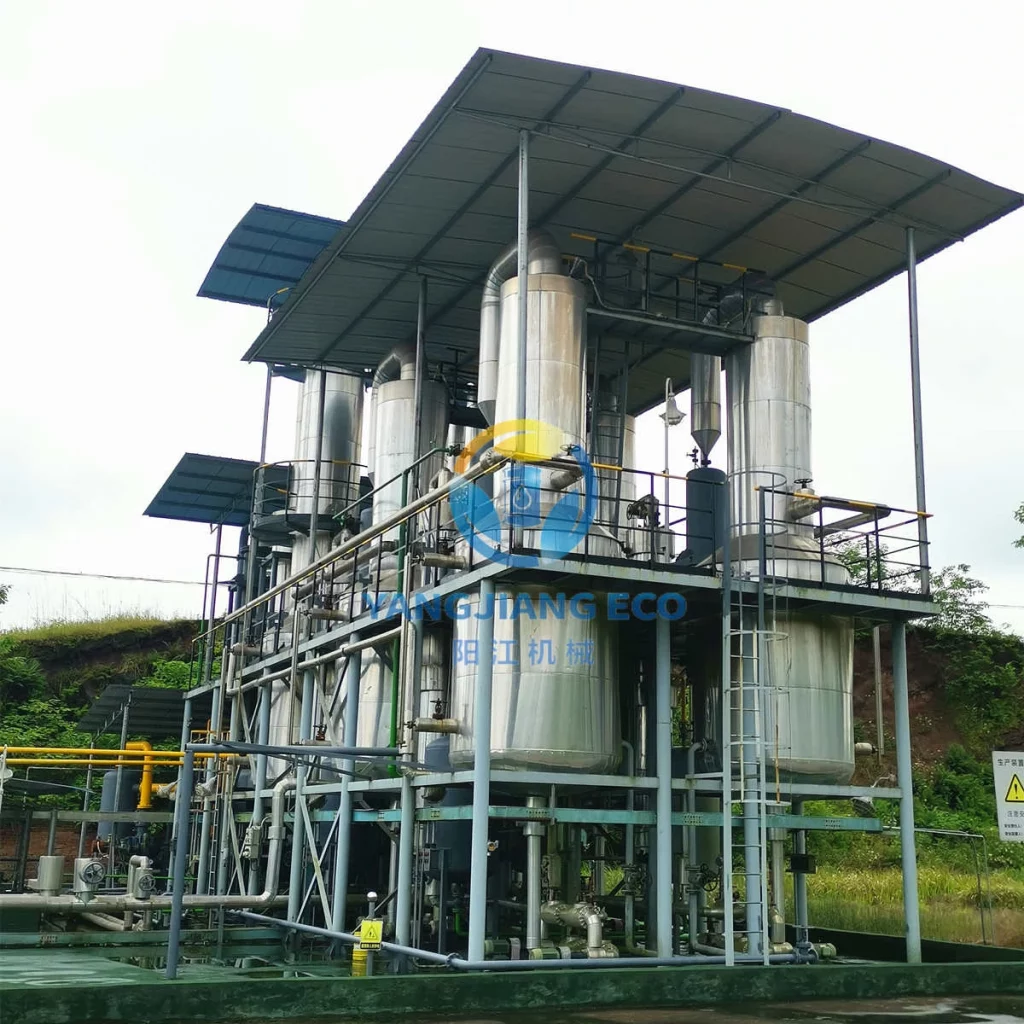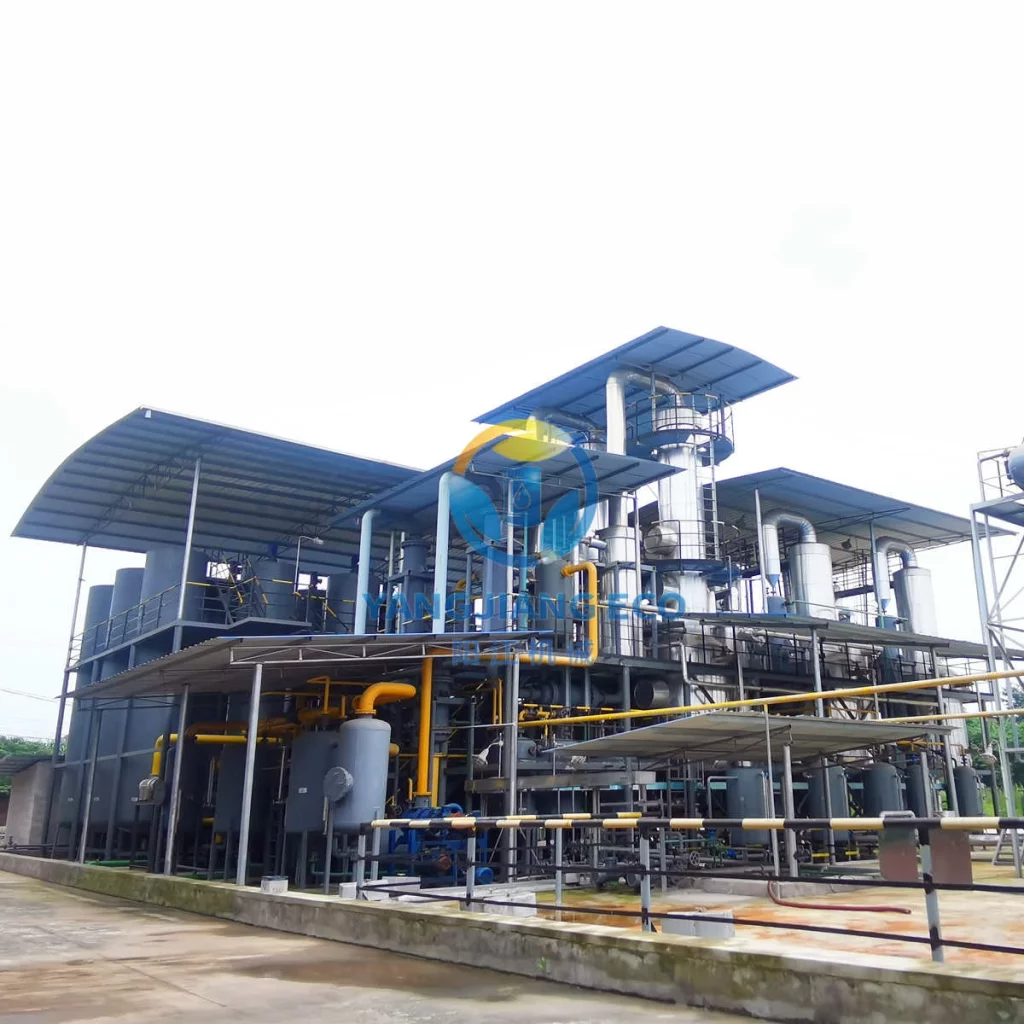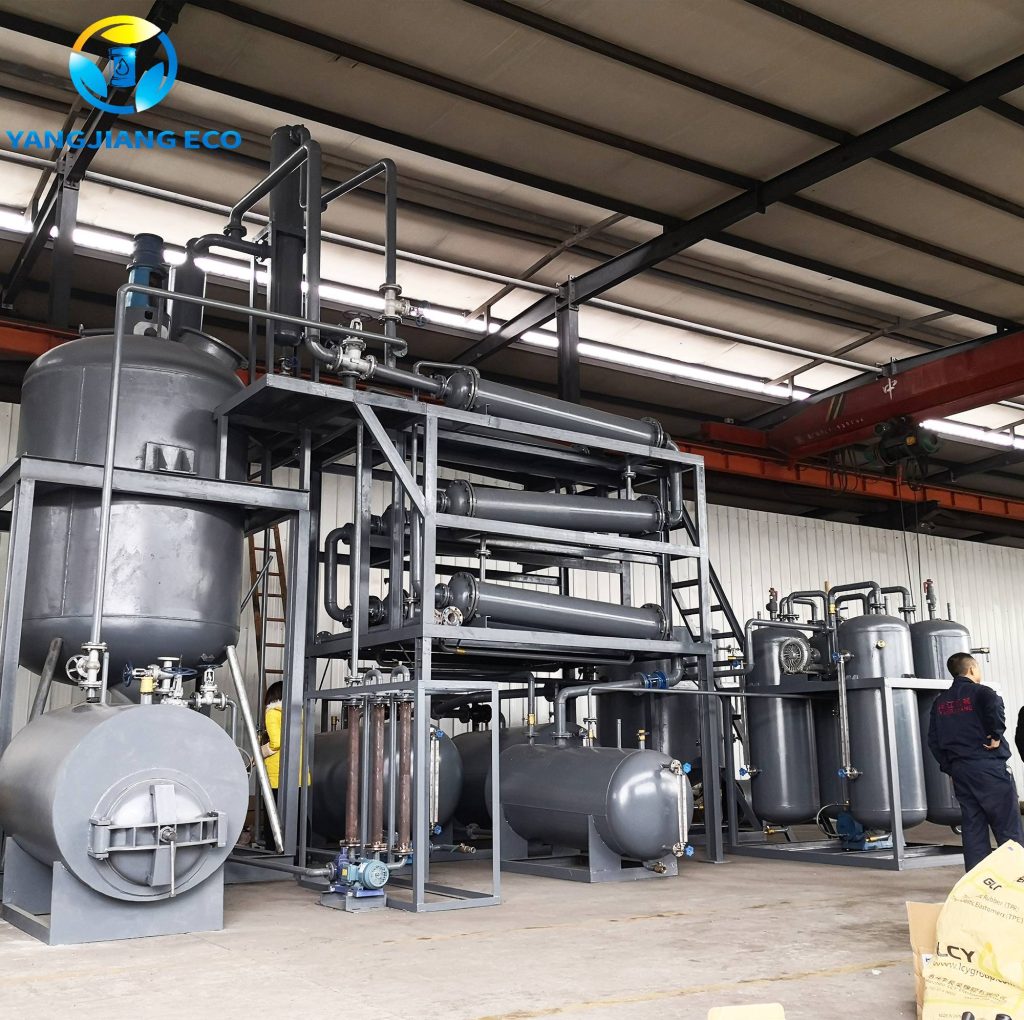Diesel desulfurization is an integral component of refining crude oil to produce cleaner fuel, meeting environmental regulations and meeting rising demand for low emission energy sources. Removing sulfur from diesel has become essential.
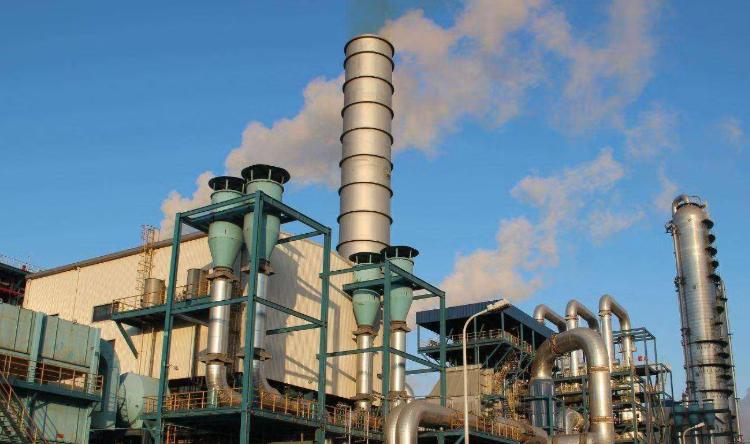
Overview of Diesel Desulfurization
Sulfur naturally occurs in crude oil; when burned without treatment, it releases sulfur oxides (SOx). These emissions contribute significantly to air pollution, acid rain, respiratory health issues, and acid rain – major threats that must be managed effectively to ensure environmental sustainability and public health safety.
Modern regulations such as the Environmental Protection Agency’s Ultra-Low Sulfur Diesel (ULSD) standard mandate diesel with less than 15 parts per million (ppm) sulfur content; thus pushing refineries towards investing in advanced desulfurization technology.
Furthermore, low-sulfur fuel improves engine efficiency, lowers maintenance costs, and extends emission control systems such as catalytic converters and particulate filters’ lifespans, offering environmental and engine performance gains beyond environmental benefits alone.
Desulfurization (or hydrodesulfurization, HDS for short) is the primary technique utilized for breaking down sulfur compounds; as sustainability requirements increase, more sustainable methods like oxidative desulfurization (ODS) and biodesulfurization (BDS) have emerged as promising alternatives.
Why is Diesel Desulfurization important?
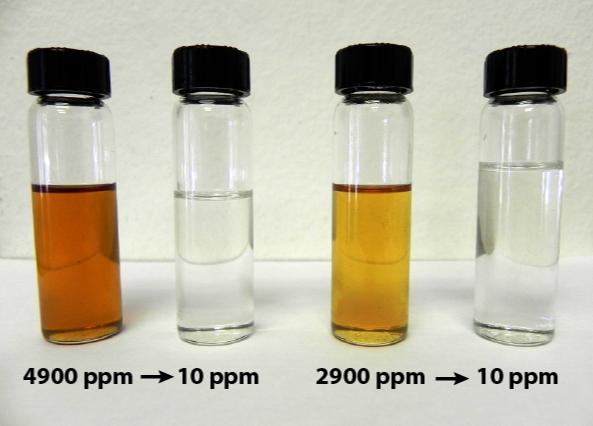
Diesel desulfurization plays an indispensable role in modern energy systems, with impacts far exceeding basic regulatory compliance requirements. Here’s why this process must continue:
1. Enabling Advanced Emission Control Technologies
Modern diesel engines rely heavily on advanced aftertreatment systems like DPFs (Diesel Particulate Filters) and SCR (Selective Catalytic Reduction). However, such aftertreatment technologies are extremely sensitive to sulfur emissions- even trace amounts can poison catalysts and diminish performance- so desulfurization is critical in order to make sure these technologies operate optimally and meet stringent Euro 7 and EPA 2027 emissions standards.
2. Facilitating Alternative Fuel Blending
As renewable diesel and biodiesel blends become increasingly prevalent, ultra-clean petroleum diesel must serve as their base fuel. Any sulfur contamination could compromise these blends and lead to combustion issues; desulfurization allows seamless integration with biofuels, enabling the ushering in low low-carbon energy solutions.
- Protecting Critical Infrastructure
Sulfur-induced corrosion damages critical infrastructure across marine and industrial settings. Desulfurized diesel can reduce acidic byproducts to extend equipment lifespan in industries like shipping, mining, and power generation.
4. Global Trade Compliance
With IMO 2020 setting marine fuel sulfur limits at 0.5% and regions like China implementing China VI standards, refineries must desulfurize diesel to access international markets. Noncompliant fuel may incur port bans or tariffs that make desulfurization an economic imperative.
Diesel desulfurization provides not only cleaner air, but also operational resilience, market competitiveness, and technological progress.
How Does Diesel Desulfurization Work?
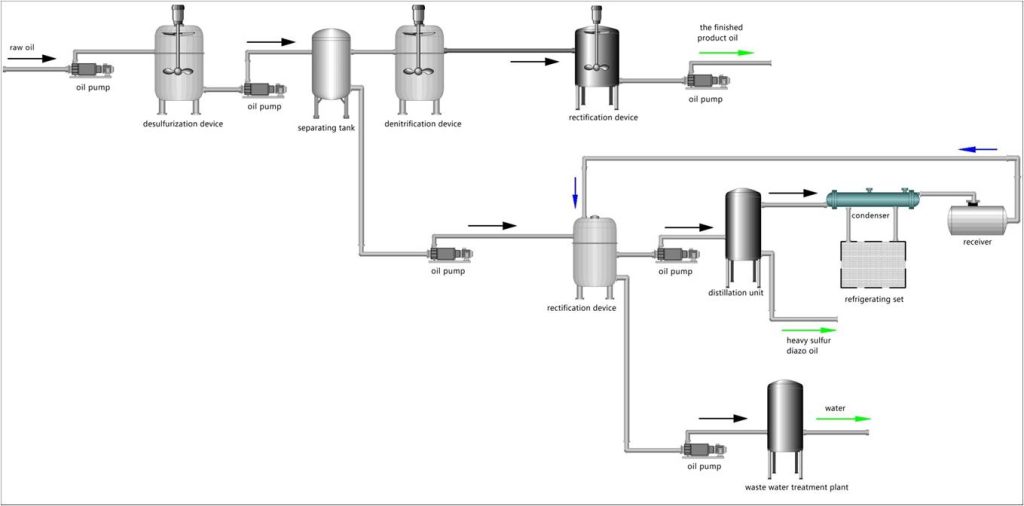
The process of diesel desulfurization is based on complex physical and chemical interactions that are designed to remove sulfur compounds from the hydrocarbon chain. In contrast to simple filtration, this procedure requires meticulously engineered reactions to break sulfur bonds, while also preserving the quality of fuel.
At its heart desulfurization alters sulfur’s chemical properties using three primary strategies:
- Molecular Transformation: Catalytic processes alter sulfur’s molecular structure, converting complex compounds like thiophenes into easier-to-remove forms. Modern techniques employ tailored catalysts that target specific sulfur atoms and ignore other hydrocarbon elements.
- Selective Separation: Modern separation techniques exploit variations in molecular size, polarity and the affinity of adsorption. Techniques such as extractive distillation or membrane separation can physically separate sulfur-containing molecules from diesel streams with pinpoint accuracy.
- Destructive Removal: Certain methods destroy sulfur compounds completely and break them into sulfur elements and harmless byproducts. This is usually done through oxidation-reduction reactions which fundamentally alter the chemical nature of sulfur.
Modern facilities combine multiple techniques to treat in a sequential manner that often combine low-temperature and high-temperature hydraprocessing processes. The most efficient systems today have real-time monitoring as well as intelligent control devices that alter process parameters in response to the analysis of feedstock, achieving unimaginable sulfur removal efficiency, while also optimizing energy use.
This multi-layered method ensures the highest sulfur extraction while keeping the critical characteristics of the diesel which is a delicate balance that makes modern refining the best.
What are the Common Methods of Diesel Desulfurization

The refining industry utilizes a variety of sophisticated methods to remove carbon dioxide from fuels like diesel. Each has its own unique mechanism and operational advantages. The most common methods of today incorporate chemical processing and innovative engineering techniques to meet the strictest environmental regulations.
- Hydroprocessing is the industry’s mainstay, and high-pressure hydrogen is able to react with sulfur-containing compounds using special catalysts. This process transforms organic sulfur into hydrogen sulfide gas. This gas is then extracted and processed. Modern variations such as deep hydrodesulfurization increase the efficiency of removal to extreme levels and can lower sulfur levels to less than 10 ppm.
- Oxidative Extraction is now seen as an attractive alternative, especially for the processing of feedstocks with heavier weights. This process uses selective oxidants that convert the sulfur molecules that are stubborn into sulfoxides, sulfone, and sulfoxides that have higher polarity and are able to be separated via further extraction or adsorption steps. This method is particularly useful to treat sulfur compounds with refractory properties which are resistant to conventional hydrotreatment.
- Adsorptive Desulfurization makes use of specialized materials that have high sulfur affinities, like modified metal-organic frameworks or zeolites. These porous materials selectively trap sulfur-containing molecules, while allowing pure diesel to flow through. Recent advances in adsorbent design have greatly improved the regeneration capabilities, which makes the process more financially viable for continuous operation.
- The Biological Treatment is an eco-conscious method, employing specially designed microorganisms to metabolize sulfur compounds. While it is currently not feasible on an industrial scale, microbial desulfurization has potential advantages in processing feedstocks that are difficult to process without extreme levels of pressure or temperatures.
Each approach has its own unique compromises between operational efficiency, capital costs, and environmental impact, and this has led many refineries to adopt hybrid systems that blend various approaches to ensure optimal performance in a variety of conditions for feedstock. The decision to use a particular technology is contingent on particular refinery configurations, targets for sulfur levels, as well as economic factors.
Wrapping Up
Diesel desulfurization lies at the crossroads of energy production and environmental stewardship. As refining technologies evolve from conventional hydrotreatment to innovative bio-based solutions, diesel desulfurization remains at the forefront of clean fuel production. Advancements not only meet stringent global standards but also create sustainable energy futures while maintaining engine performance and efficiency.
Recommended Products

